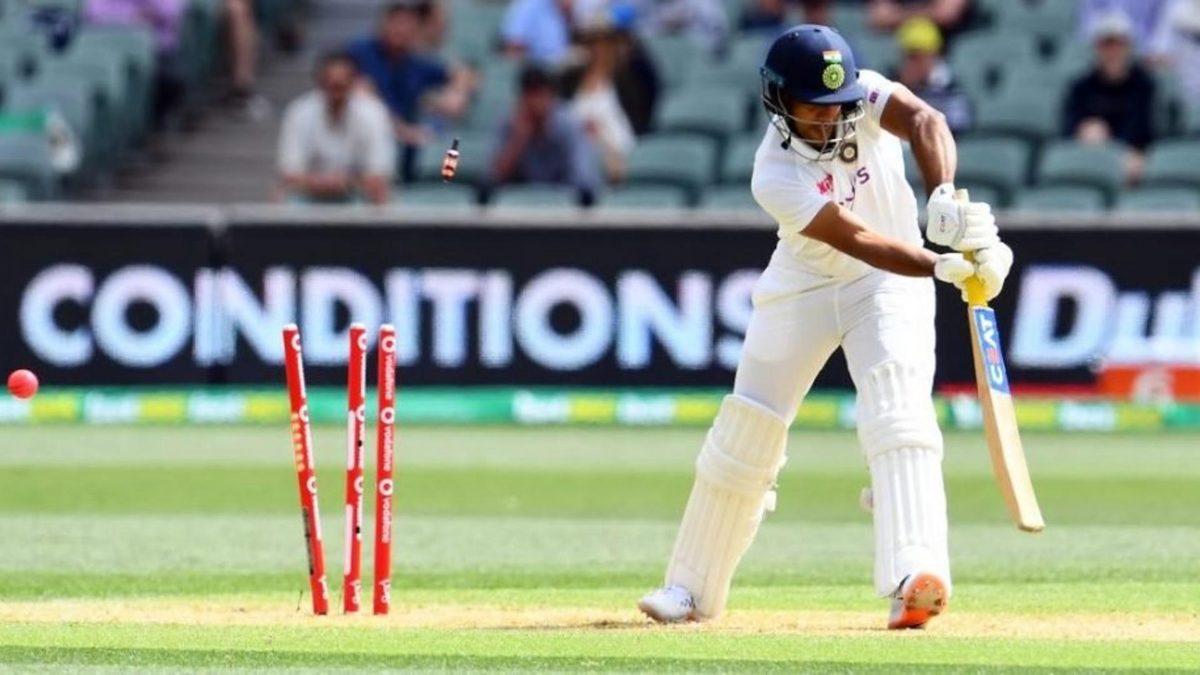
After India recorded the lowest total in their Test history, Yas Rana explains how India’s dominance at home has masked their problems with their top seven for some time now.
In recent times, India have been utterly dominant in home Tests. They’ve won all eight of their Tests played in India over the last three years, six by an innings, one by 10 wickets and the other by 203 runs.
The last time an India home Test could reasonably be described as competitive was back in December 2017, when centuries from Angelo Mathews, Dinesh Chandimal and Dhananjaya de Silva saw Sri Lanka leave Delhi with a respectable draw. That dominance extends back even further; their only home defeat since England’s series victory in 2012 came against an inspired Australia at Pune in early 2017.
It’s been a different story away from home. With the exception of their 2018/19 Border-Gavaskar Trophy win – when Australia were without the banned duo of Steve Smith and David Warner – their recent travels outside Asia bear a familiar story, a distinct struggle for runs. In recent series defeats in South Africa, England and New Zealand, India have passed 350 just once, in the second innings of their win at Trent Bridge in 2018.
And that struggle is happening with Virat Kohli – who flies home after the first Test – inked in at No. 4. Kohli, by the way, is the only Indian batsman to average over 40 (42.81) away from home over the last three years. In India, over the same time period, 10 batsmen average north of 60.
It’s worth bearing in mind that a disparity between performances at home and abroad are by no means India’s concern alone. Perhaps surprisingly, England are actually the only team with a win/loss ratio of more than one over the last three years. An increasingly packed cricketing calendar is leaving sides with less and less time to prepare for series in conditions they’re unaccustomed to; this is a problem only exacerbated by the Covid-19 pandemic and the bio-security precautions brought with it.
India should harbour loftier ambitions than the global norm, though. For possibly the first time in their history, they have a genuinely world class pace attack to accompany the consistent excellence of Ravi Ashwin and Ravi Jadeja. In Kohli, they have an all-time great. As evidenced in the most recent IPL, the quality of their uncapped batting talent is extraordinary.
But for a while now, across a number of testing away excursions, their established batsmen, Kohli and Pujara aside, have let them down. In their last 17 away Tests, their other top six batsmen have contributed just three centuries between them. Their home dominance means that almost every batsman deployed for India during that time boasts records that are, overall, impressive. But these averages in the 40s are effectively meaningless when at home, they’re so much more and away, they’re markedly less.
Is it simply a case that India are picking the wrong players? It’s hard to say. The return of Rohit Sharma, the possible recall of Rishabh Pant and promotion of Shubman Gill would add a dash of missing stardust to that top seven, but the challenge of adapting to alien conditions with minimal preparation is one that potentially threatens the competitiveness of Test cricket around the world.
It is, of course, worth giving the Australian bowlers some credit. Wisden.com managing editor Ben Gardner recently pondered on the Wisden Cricket Weekly Podcast whether Australia’s first string attack of Pat Cummins, Mitchell Starc, Josh Hazlewood and Nathan Lyon is the most threatening of all time, if measured by the calibre of its weakest member. They have the feel of Liverpool’s famed front three of Mo Salah, Roberto Firmino and Sadio Mane; sportsmen at the absolute peak of their game, totally unrelenting, hardly ever affording the opposition a moment of calm. In Lyon and Starc Australia have two bowlers in the top 10 of their all-time wicket-takers’ chart, in Hazlewood they have a skilful metronome with a Test average practically level with Warne and in Cummins, an attack leader who averages less than McGrath.
Against a side like Australia, there’s no disgrace in defeat for India. Whatever happens over the next three Tests they will still go into their home series against England as overwhelming favourites. But wwill determine the legacy of the Kohli era will be their results away from the sub-continent. Whether it’s down to personnel or the limitations that the modern game has on preparation time, it’s not clear. But more mornings like the one in Adelaide and it may be time to proactively usher in the next crop of batting talent.








